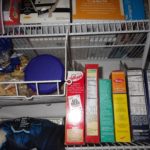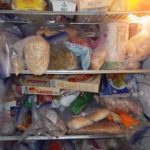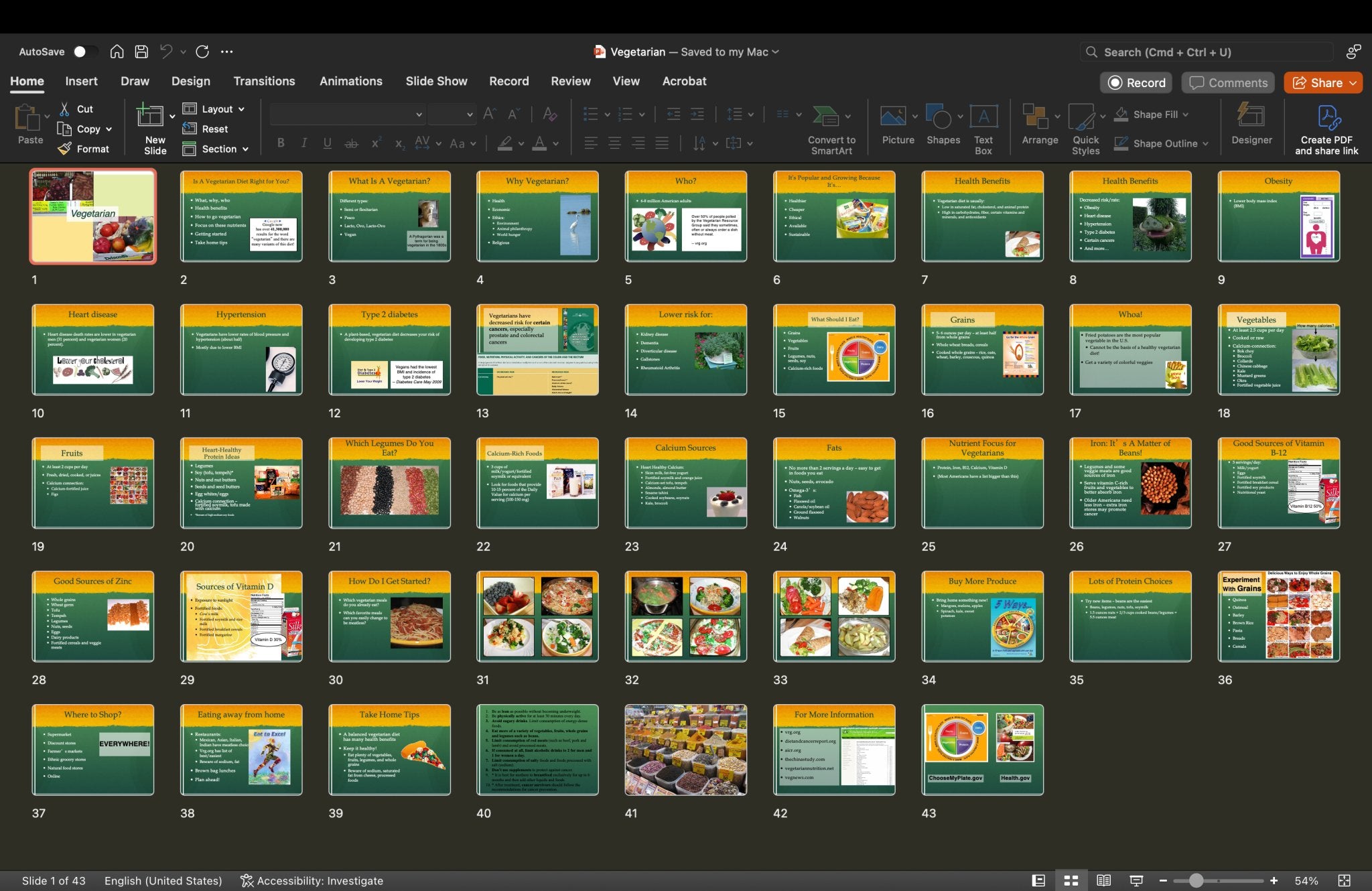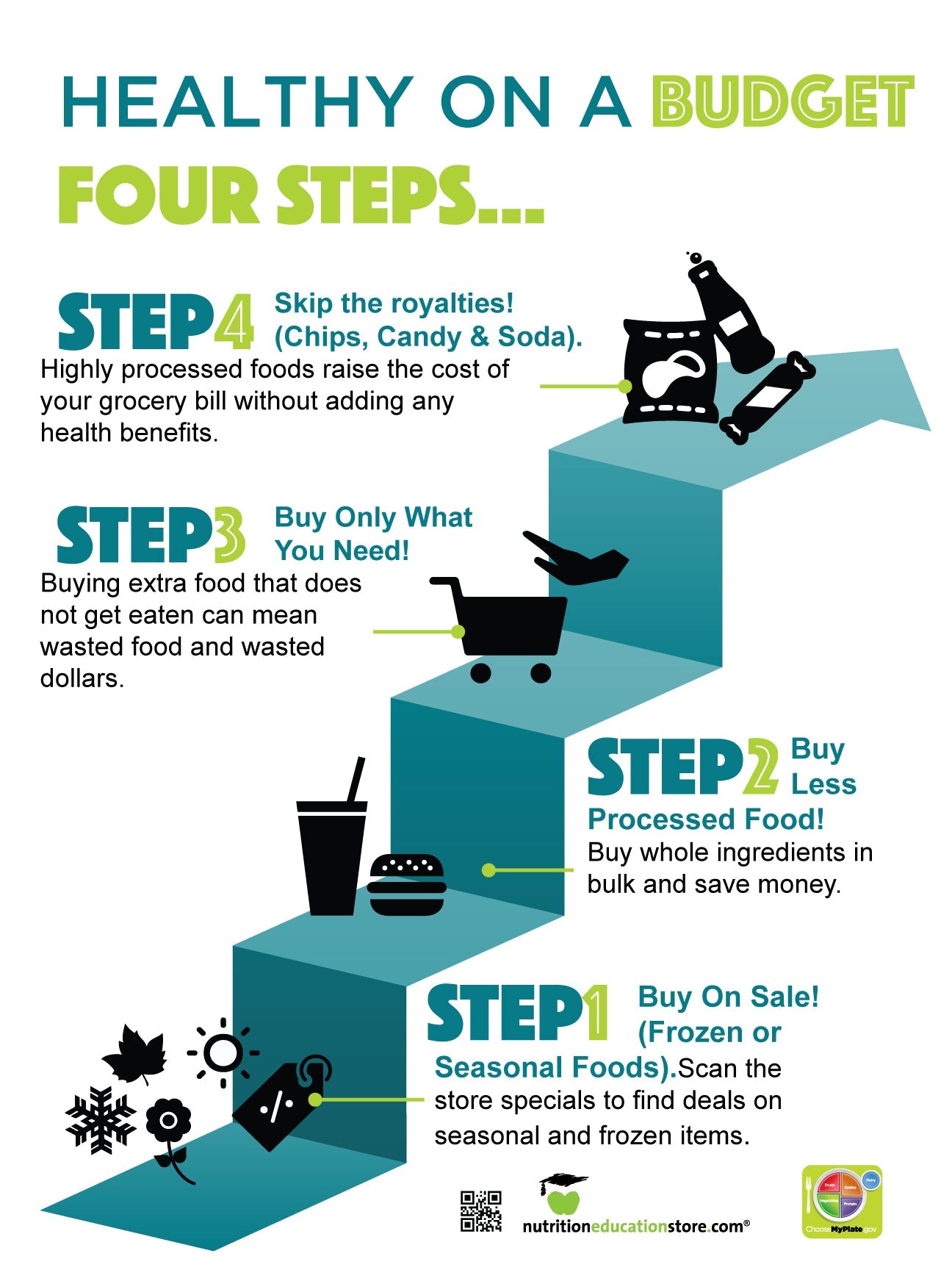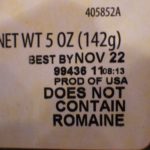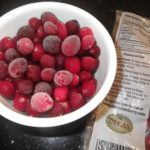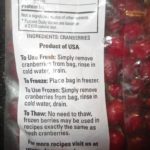My Sister-in-law texted me: how do you wash your produce?
Me: Water
SIL: Don’t you use soap or something?
Me: No just lots of fresh running water.
SIL: Dr. on YouTube says to use soap in the sink.
Me: That will make you sick.
SIL: So how do you kill the germs?
Me: Don’t want to kill them, just slide them down the drain.
OK, first let’s set the record straight. According to the Food and Drug Administration (FDA), there is no evidence that food or food packaging is involved with the transmission of COVID-19 (up-to-date information is available on their website ). Like all other viruses, it needs a living host —which could be a person or an animal — on which to grow. Viruses do not grow in food. While the chances of this happening are very low, the virus could potentially be on the food if a fellow shopper or store worker with the virus sneezed or coughed on it. So washing your hands after touching food and packaging is a prudent activity. Remember this is a respiratory illness not a gastrointestinal illness, the virus needs to get into your respiratory system to make you sick.
Back to the instructions: don’t touch your face, nose, and mouth and wash your hands (with soap and water) a lot.
Produce should be handled all the time, not just during this COVID-19 pandemic, using good food safety practices.
- Wash your hands and counter tops before handling produce.
- Wash the produce thoroughly in fresh running water.
- Even wash foods that you’re going to peel because dirt or bacteria can be transferred from the skin onto the moist meaty section of the food when you slice or peel it.
Check out the FDA’s 7 Tips for Cleaning Fruits, Vegetables for specifics: https://www.fda.gov/consumers/consumer-updates/7-tips-cleaning-fruits-vegetables
Despite what you may have seen on social media, you should not wash produce in soap, detergent, sanitizer or any chemical disinfectant. If produce is washed it soap, the soap may be absorbed by the food or you may not get it washed off completely, this could cause gastrointestinal problems.
Plain water is good enough. Several studies have been done looking at washing produce with commercial produce washes and they found that they are no more effective than running water.
Be a good consumer. Don’t shop if you’re sick. Sanitize shopping carts and hands as you enter stores. Don’t touch items you don’t plan on purchasing. Sanitize your hands when you leave the store and wash them when you get home.
Cheryle Jones Syracuse, MS
Professor Emeritus, The Ohio State University
References: Washing Food: Does it promote food safety? United States Department of Agriculture. https://www.fsis.usda.gov/wps/wcm/connect/2ceaa425-0488-4e86-a397-e2d9c470fc4a/Washing_Food.pdf?MOD=AJPERES
Bulletin #4336 Best Ways to Wash Fruits and Vegetables, University of Maine Department of Food Science and Human Nutrition and Cooperative Extension https://extension.umaine.edu/publications/wp-content/uploads/sites/52/2020/04/wash-fruits-vegetables.jpg




